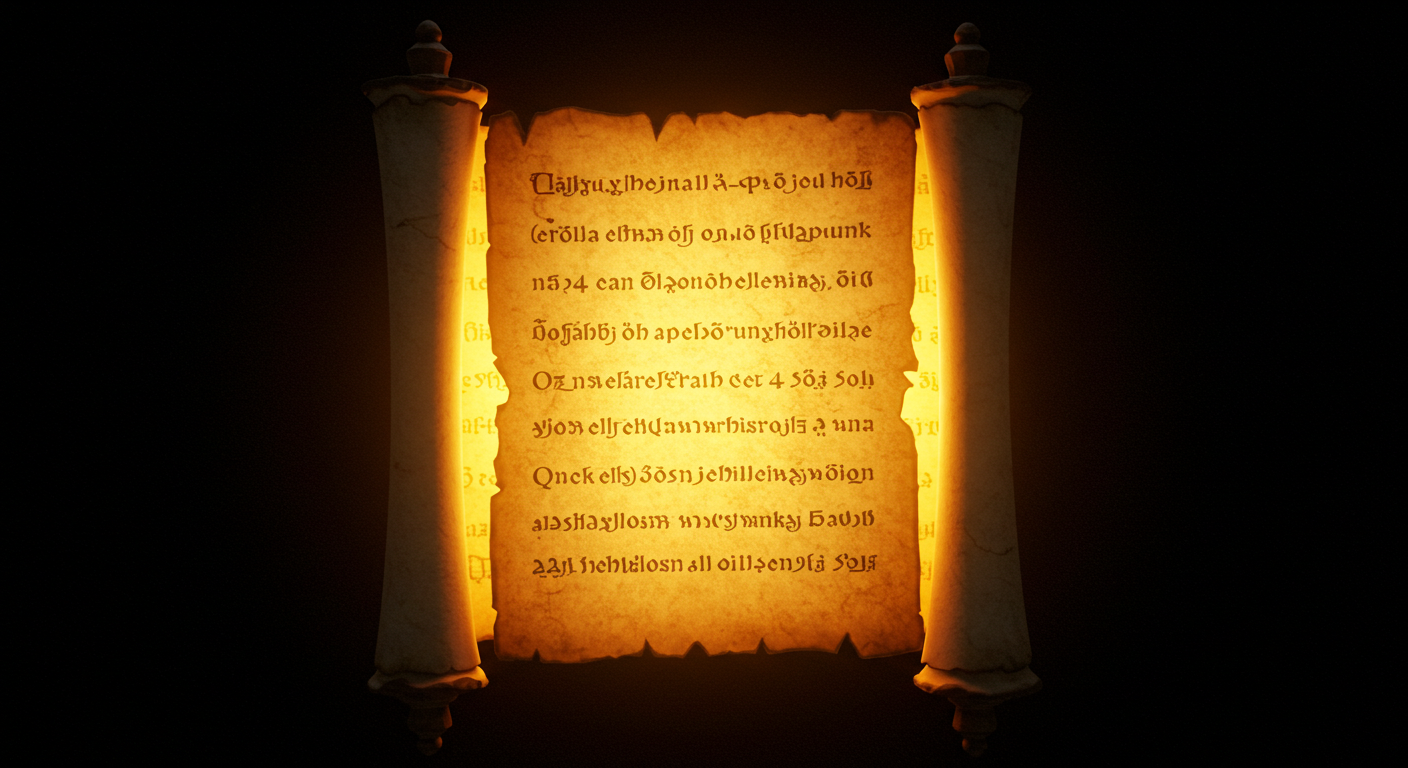The Vision Of The Dry Bones: What Is Their Future? – Ezekiel 37:4-5
Picture this: an eerie, desolate valley scattered with dry bones. Ezekiel, a prophet of God, stands amidst it all, witnessing a vision infused with profound symbolism. If you’ve ever wondered what could come of such a bleak scene, join me in exploring the depths of Ezekiel 37:4-5 and discover the hidden future of these dry bones.
Introduction to Prophetic Visions
Prophetic visions hold a unique and enigmatic place within biblical literature. Far from simple foresight, these visions are divine communications that transcend the ordinary, providing profound insights and guidance to God’s chosen messengers. By presenting vivid imagery and compelling narratives, these visions resonate through generations, embodying timeless truths and divine intentions.
God used prophetic visions to convey His will, warnings, and promises to the prophets, often offering glimpses of both current crises and future restoration. In a world without modern media’s reach and immediacy, these divine experiences served as critical tools for disseminating messages that were meant to challenge, inspire, and redirect entire communities.
Prophetic visions were influenced and partially shaped by their historical and cultural backdrops. For instance, Ezekiel, a prophet during the Babylonian exile, received visions that directly addressed his people’s dire circumstances and profound yearning for hope. Understanding these aspects enriches our grasp of the prophets’ messages and their timeless relevance.

Context of Each Prophetic Vision
Let’s dive into the specifics of Ezekiel’s vision of the dry bones, recorded in Ezekiel 37:4-5. This chapter is part of a larger narrative where God, through Ezekiel, speaks to the exiled Israelites, who are in the throes of despair due to their captivity in Babylon.
Ezekiel, a priest turned prophet, played a crucial role during a tumultuous period in Israelite history. His mission was daunting: to deliver God’s messages to a disheartened and skeptical audience. The exile impoverished the national psyche, leaving the people feeling cut off, lifeless, and devoid of hope—an emotional state aptly mirrored by the vision of the dry bones.
The imagery of this vision is striking and multi-layered. Dry bones represent something beyond mere death; they signify total desolation and a lack of any residual life or hope. Yet, God commands Ezekiel to prophesy to these bones, promising them breath and new life. This is a potent symbol of revival, restoration, and the boundless power of divine intervention.
Theologically, this vision is packed with significance. It points to God’s sovereignty over life and death, His ability to redeem and renew even the most hopeless situations. Symbolically, it foreshadows the resurrection, both in a physical and spiritual sense, and hints at the coming of the Messiah, who would bring life where there was only death.
Interpretation of the Vision’s Message
In the immediate context, Ezekiel’s vision carried a powerful message of hope and restoration for the Israelites. It assured them that, despite their dire circumstances, God had not forgotten them and that their revival as a nation was not only possible but promised. The vision aimed to inspire faith and a sense of divine assurance among profoundly disillusioned people.
Historically and spiritually, aspects of this vision have seen fulfillment. The return of the exiled Israelites to their homeland is a direct historical fulfillment. Spiritually, the vision prefigures broader themes of revival and renewal that resonate within Christian eschatology, often seen as a symbolic representation of the resurrection and the ultimate triumph of God’s kingdom.
For modern readers, Ezekiel’s vision remains deeply relevant. It serves as a metaphor for God’s capacity to breathe life into our seemingly lifeless situations. It is a poignant reminder that despair is never final when viewed through the lens of divine possibility. Whether facing personal trials or global uncertainties, this vision encourages trust in God’s redeeming power.
Comparative Analysis
Comparing the vision of the dry bones with other biblical prophetic visions reveals intriguing patterns and shared themes. Take Daniel’s visions of beasts and kingdoms, for instance; while different in imagery, they similarly convey messages of divine sovereignty and the ultimate triumph of God’s plan. Ezekiel’s vision, like others, uses rich symbolism to communicate profound truths about faith, restoration, and divine intervention.
Historically, interpretations of this vision have varied, influenced by theological perspectives and eschatological views. Some traditions emphasize its fulfillment in Israel’s historical restoration, while others, particularly in Christian eschatology, see it as a prefigurement of the resurrection and ultimate redemption.
Conclusion
Reflecting on Ezekiel’s vision of the dry bones, we find a narrative brimming with divine promise and profound implications. From the immediate assurance to the exiled Israelites to the broader theological themes of resurrection and hope, this vision transcends its historical context, offering timeless insights into God’s redemptive power.
Prophetic visions like this one help us understand not only God’s plan as revealed in the Bible but also how these ancient messages continue to reverberate through our lives today. They challenge, inspire, and invite us to see beyond our immediate circumstances to the potential for renewal and restoration that faith in God can bring.
Additional Resources
For those eager to delve deeper into prophetic literature, consider exploring texts such as “Ezekiel: A Commentary” by Joseph Blenkinsopp or “The Prophetic Imagination” by Walter Brueggemann. These works offer comprehensive insights into the richly symbolic world of biblical prophecy.
Study Questions:
- How does understanding the historical context of Ezekiel’s vision enhance its meaning?
- In what ways can the imagery of dry bones be applied to modern personal or societal challenges?
- What similarities and differences can you identify between Ezekiel’s vision and other prophetic visions in the Bible?
- How do you interpret the promise of restoration and life within your context today?







